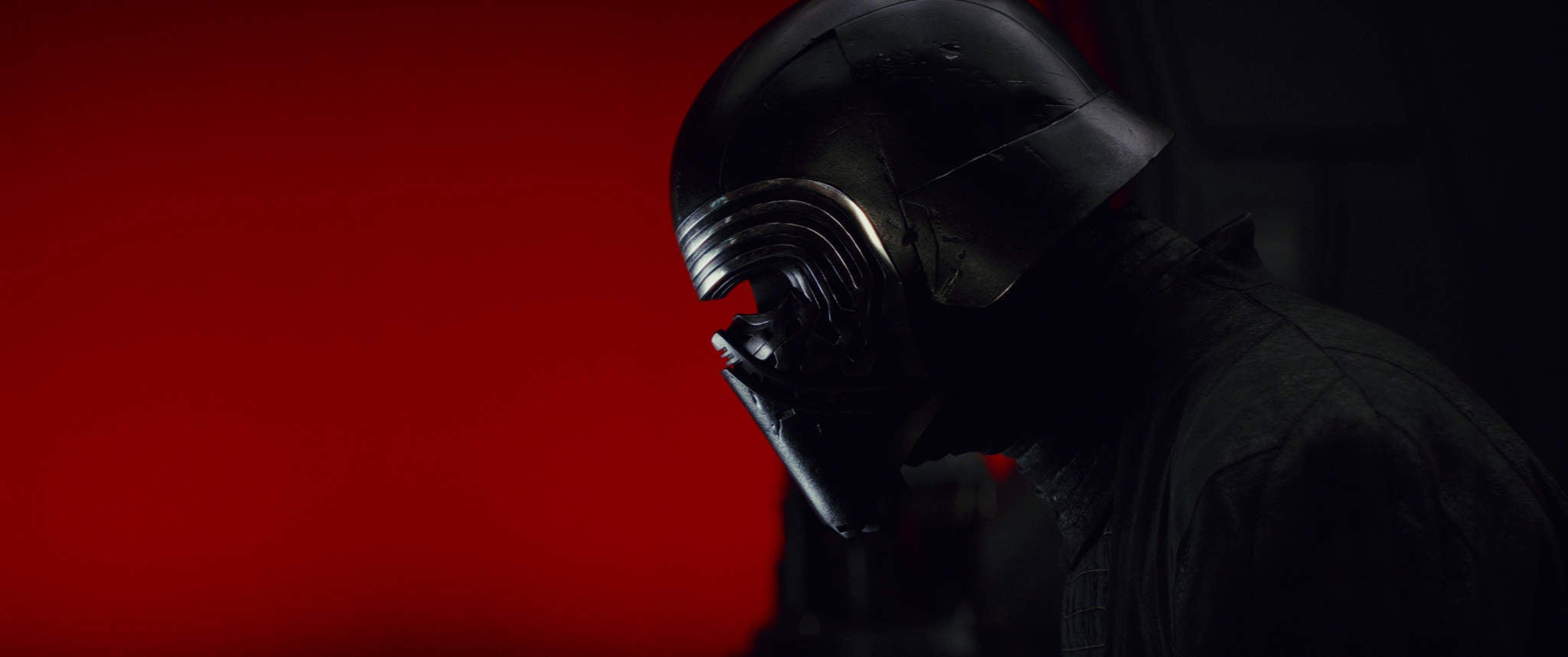
As Star Wars: The Last Jedi arrives in cinemas Star Wars mania has gripped the world, again.
This isn’t really so surprising, considering how hugely successful the film series is. In the UK alone, Star Wars contributes a huge amount of money to the UK economy, thanks to the work of Pinewood Studies and Industrial Light and Magic, George Lucas’s visual effects studio which set up shop in London in 2014.
Central to the creation of the films’ magical moments, from the incredible space battles to the beautiful scenery, is Ben Morris, head of visual effects for Star Wars: The Last Jedi.
Verdict spoke to Morris to find about what it’s like to work on Star Wars and the technological innovations that make the films possible.
Visual effects are a huge aspect of Star Wars, with Morris saying his team will have had a hand in almost every single scene in the film.
This is all starts from the beginning, with director Rian Johnson’s script and vision for the film.
How well do you really know your competitors?
Access the most comprehensive Company Profiles on the market, powered by GlobalData. Save hours of research. Gain competitive edge.

Thank you!
Your download email will arrive shortly
Not ready to buy yet? Download a free sample
We are confident about the unique quality of our Company Profiles. However, we want you to make the most beneficial decision for your business, so we offer a free sample that you can download by submitting the below form
By GlobalData“Rian wrote the script first off and had the vision of what he wanted in writing. Then as the visual effects supervisor, I come in and work with the other practical filmmakers to find out which bits are maybe too complex, too challenging, or too impossible to create. Then I will come up with solutions with my team to give to Rian for how we can make those moments happen in the film,” he tells Verdict.
Morris says what was good about working with Johnson, is how well-crafted the script for The Last Jedi was. “It was one of the best scripts I’ve ever read. And he had a very clear idea of what he wanted,” he says.
“There are some very big visual cues in this film that are quite bright and have never before been seen in Star Wars films. But Rian was very brave and said to us, No we’re going to do this.
“There’s a lot of red in this film, you can see it throughout. And it pushed us into areas of visual design that we’ve not seen before in Star Wars.”
The challenging process of making Star Wars The Last Jedi
You can’t make a complex, visual-defining film without some challenges though. One of the biggest hurdles for The Last Jedi is in the character Snoke, the Supreme Leader who has a hand in Kylo Ren’s transition to the dark side. In The Force Awakens, Snoke appears as an ethereal, 25ft hologram, which is hidden in the shadows.
However, for the latest installment, Johnson wanted Snoke to come alive. “It’s been one of the most exciting challenges in the film to make Snoke real. I think it’s one of the best digital human performances put on film if I do say so myself,” says Morris.
Technology informs how characters like Snoke are developed. Even elements such as how the light responds to the surface of the imagined skin on a person like Snoke must be considered. This is all created using complex algorithms that must be refined and tuned so the audience believes Snoke is real.
Eyes make up a huge part of this, surprisingly.
Morris says:
We spent a huge amount of time dealing with his skin and eyes, because if you can’t create believable eyes for an audience, they will never buy the performance.
In addition, when creating the epic space battles, the creative team build simulations in order to blow up spaceships and carry out ground battles.
“Those kinds of simulations that we create take thousands and thousands of computer hours. And we distribute the calculation of all those simulations all over the world across our render farms. Even in the way we manage those massive processor farms is hugely important to the success of the final image.
“So yes, we do fashion an awful a lot of technology to make it happen and create new stuff.”
Creating the balance between computer generation and real life
One of the most hyped aspects of the new film is the adorable porgs which featured in the trailer. “They’re very cute,” says Morris. “But not to belittle them, but they’re not as challenging as some of the other things to create.”
The porgs were created as a mixture of computer graphics and puppetry, which is integral to the way Star Wars is made. “A number of films recently have had so much computer graphics that you’re almost overwhelmed by the spectacle. But something that’s quite healthy about Star Wars is we try and have a nice mix of real-world things and practical effects.”
Something else which keeps Star Wars grounded in reality is its use of real-world locations, many of which you can visit. “For this film, we travelled to the salt flats in Bolivia, Salar de Uyuni. It’s 12.5 thousand feed up of salt flats to get original plane photography of what actually a vast salt surface looks like,” says Morris.
But this has to be mixed with computer-generated effects.
Sometimes the complexity of the shots is too much. You go to a place like the salt flats, and you can’t just set off explosions everywhere because it’s a heritage site.
As well as shooting the locations, the visual effects teams also carry out structural surveys of the terrain. This information then informs the computer generated effects to make each shot look realistic.
“If we need to extend the shots or augment them in some way, we’re using the real rock formations, constructions and vegetation that is actually related to the where the original location was. So we’re not just making it up,” says Morris.
Doing it for the love of Star Wars
It’s not easy working on a beloved, successful movie series. Morris says that his teams will work on a shot for up to six months, and then it could only be in the film for five seconds. “You can blink and you’ve missed it. And that could take a team of 20 people over six months to make.”
It’s an incredible investment of time, technology and creativity.
Yet, what is clear is the pride that Morris feels about the work he and the teams he leads create. “I was seven years old when I first watched the first Star Wars at a cinema in Oxford. So far me to have managed to do this, it is a dream come true,” he says.
It’s not just Morris that feels this way, but a shared feeling throughout the entire teams behind Star Wars.
“Everybody who’s working on them enjoys it and they’re fans of the films. It’s a labour of love; which is why we do everything we can with the projects. And it’s very satisfying when you go into a cinema and see and hear the audience reacting to the work you’ve put on the screen.
“Sometimes you have to pinch yourself when you’re making the film. You think, goodness me this is another Star Wars film that we get to make. And it’s brilliant.”
Star Wars: The Last Jedi is in cinemas now





